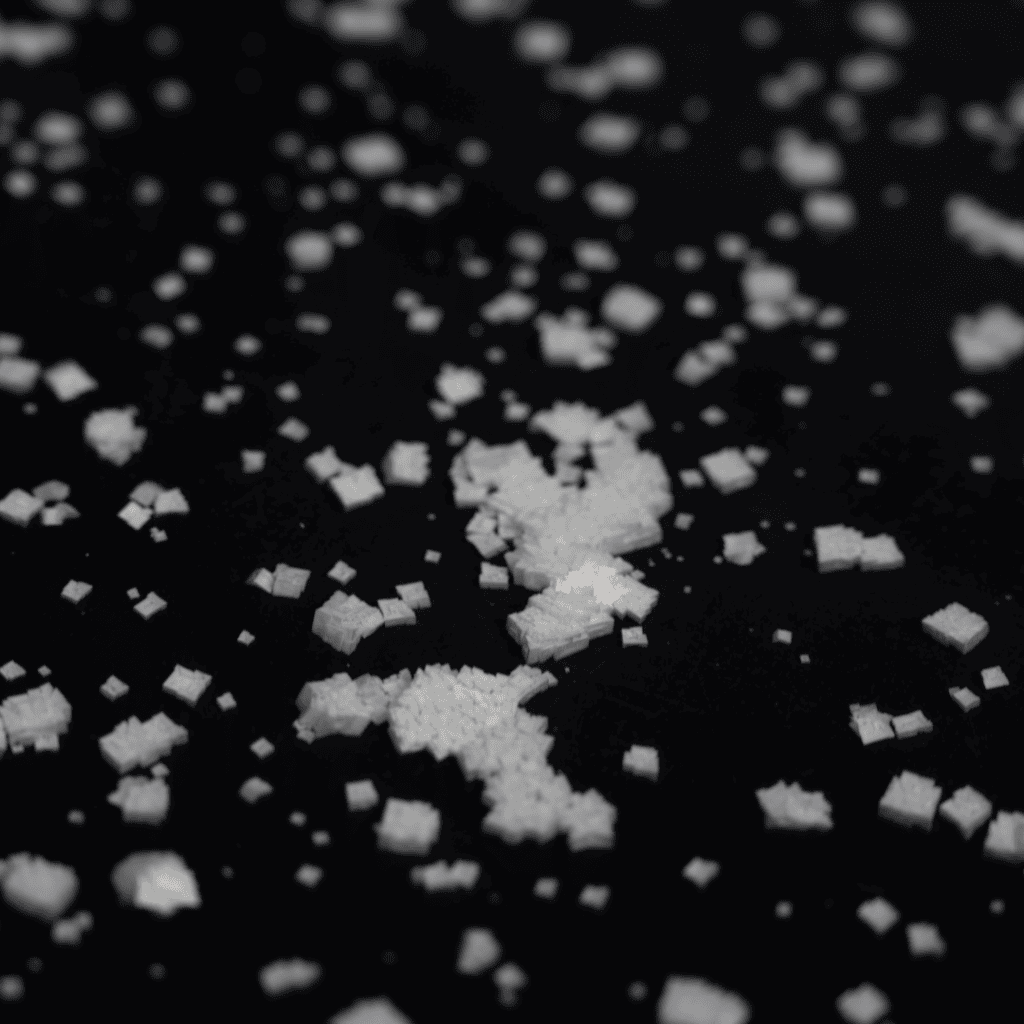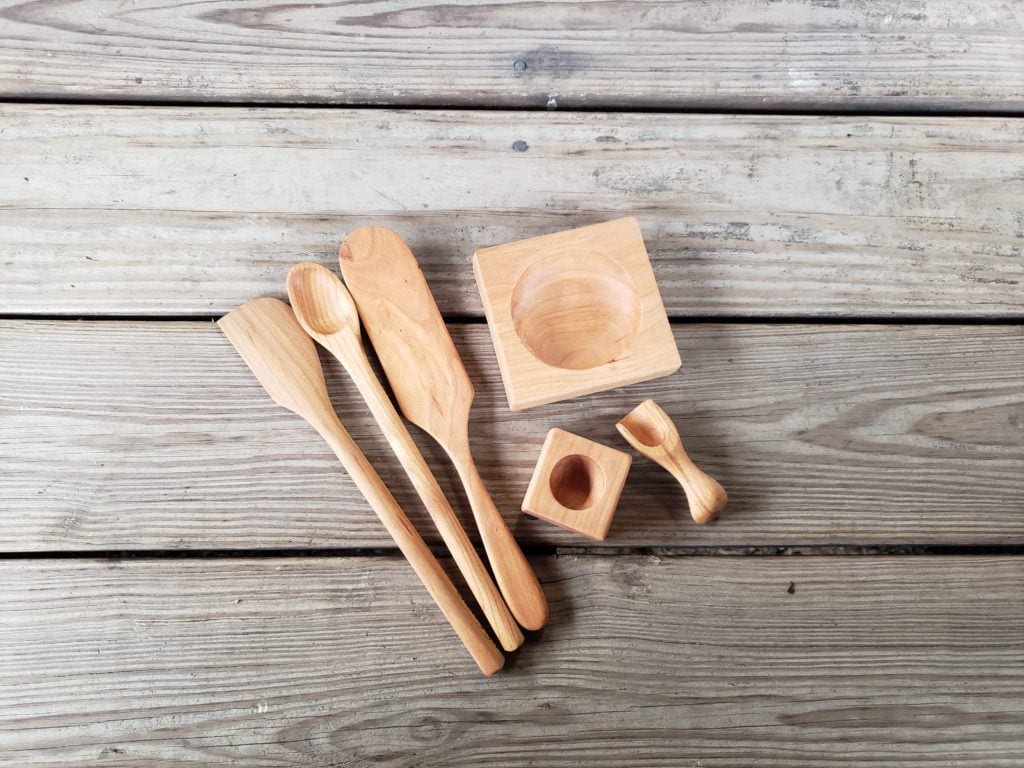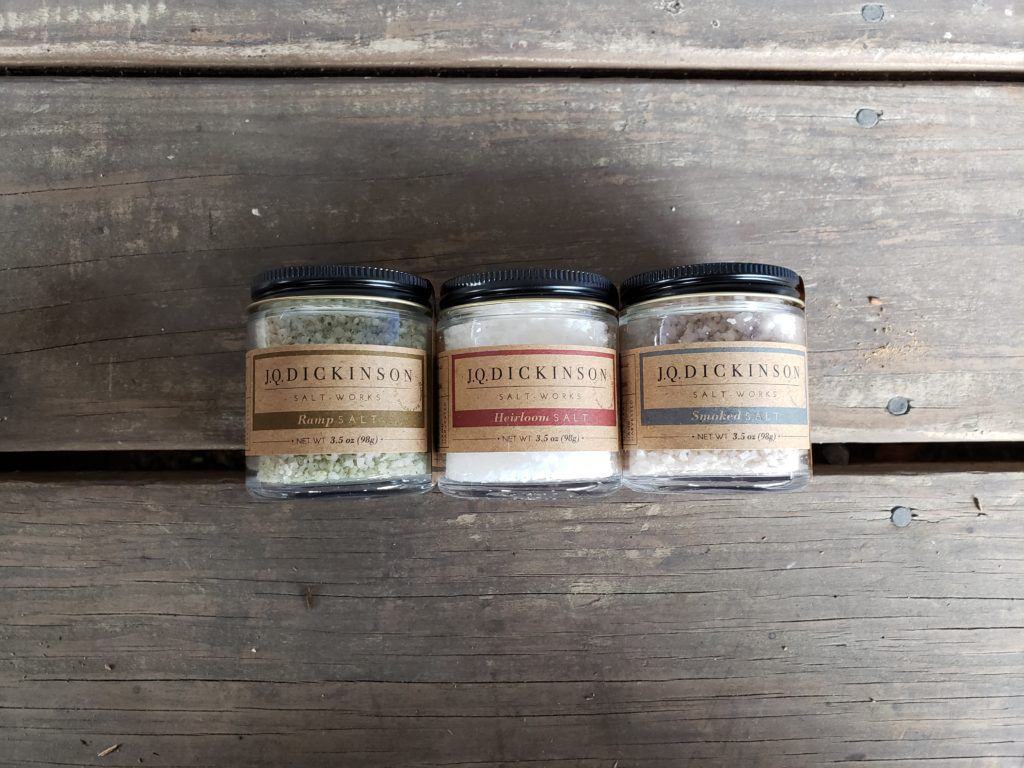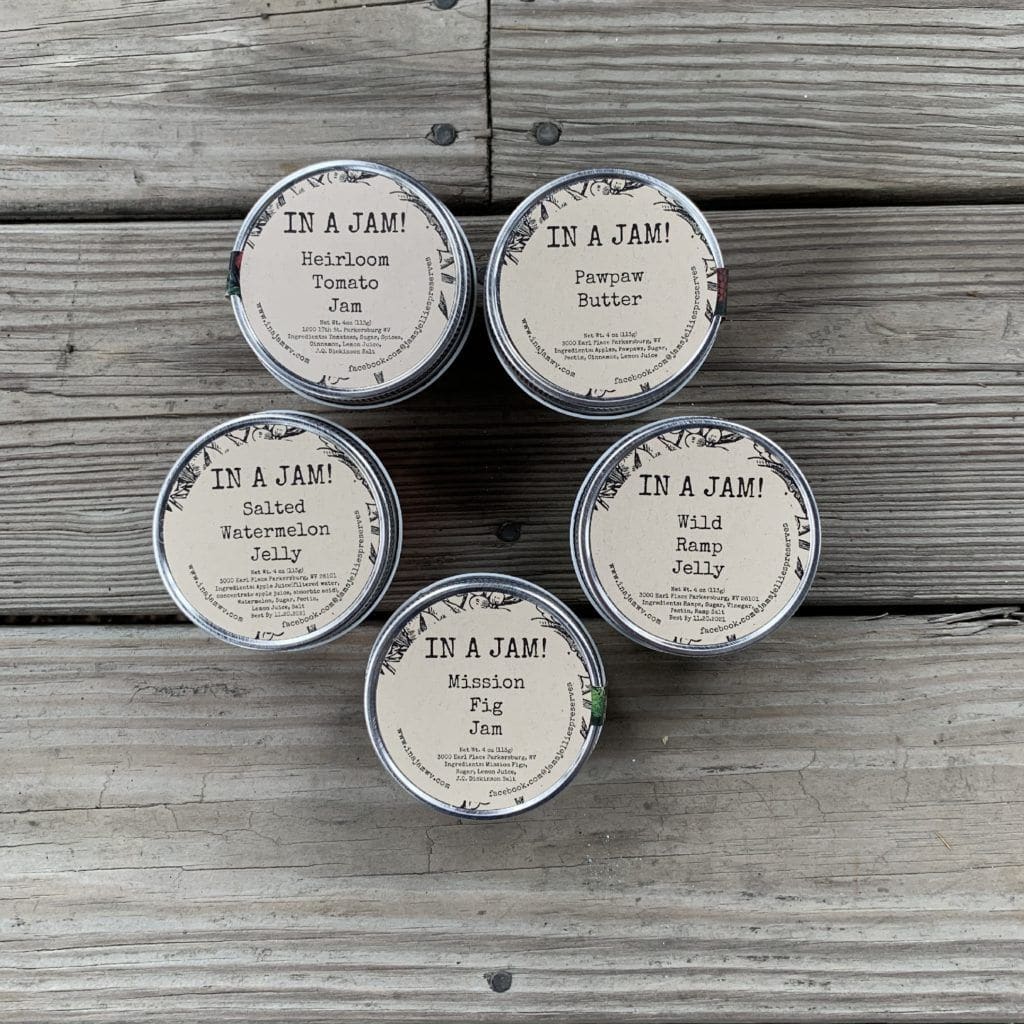Staying hydrated is often simplified to just drinking enough water. While this is fundamentally true, there’s a more nuanced approach to optimal hydration that involves maintaining a balance of salt, which has health benefits that may surprise you, and other essential minerals. This balance not only keeps us hydrated but also ensures our bodily functions operate smoothly.
Understanding Hydration
Hydration is the process of providing adequate fluids to the body’s tissues. Water is crucial as it makes up about 60% of our body weight and is involved in numerous bodily functions, including regulating temperature, maintaining cell structure, and aiding in digestion and nutrient absorption.
However, drinking plain water alone isn’t always sufficient. Our bodies need electrolytes—minerals that carry an electric charge and are vital for many physiological functions. The key electrolytes include sodium, potassium, calcium, magnesium, chloride, and bicarbonate.
The Role of Electrolytes
Electrolytes are essential for:
Regulating Fluid Balance: Electrolytes help balance the amount of water in your body and cells. Sodium, in particular, plays a significant role in maintaining fluid balance.
Nerve Function: Electrolytes, especially potassium and sodium, are critical for transmitting nerve signals.
Muscle Function: Calcium and magnesium are crucial for muscle contractions, including the heart muscle.
Maintaining Acid-Base Balance: Bicarbonate helps to maintain the pH balance of your blood, ensuring it doesn’t become too acidic or too alkaline.
Why Water Alone Isn’t Enough
When you sweat, not only do you lose water, but you also lose electrolytes, particularly sodium and chloride. This is why during intense physical activity or in hot climates, drinking plain water can sometimes lead to a condition called hyponatremia, where sodium levels in the blood become too low. Symptoms of hyponatremia include nausea, headache, confusion, and in severe cases, seizures or coma.
What Can You Do?
Now that we’ve established staying hydrated is about far more than drinking water, how can you incorporate these necessary minerals to maintain proper balance? Should you start downing super salty french fries everyday? Maybe wash it down with a gallon of milk for some calcium?
Well, not exactly. Here are some practical and healthy ways to incorporate the necessary minerals into your diet:
-
Opt for Natural Sources
Instead of reaching for processed foods high in sodium, choose natural, nutrient-rich options:
Fruits and Vegetables: These are excellent sources of electrolytes. Bananas, oranges, and avocados are high in potassium, while spinach, kale, and tomatoes provide magnesium and calcium.
Nuts and Seeds: Almonds, chia seeds, and pumpkin seeds are great for magnesium and calcium.
Dairy Products: Milk, yogurt, and cheese can help you meet your calcium needs without overloading on sodium.
-
Hydration Beverages
Adding electrolyte-rich beverages to your hydration routine can make all the difference in how you feel and how your body functions:
Coconut Water: This natural drink is low in sugar and high in potassium, making it an excellent hydrating choice.
Electrolyte Drinks: Sports drinks and oral rehydration solutions can be beneficial during intense exercise or hot weather, but opt for those with low added sugars.
DIY Electrolyte Drinks: You can make your own electrolyte drink by mixing water, a pinch of sea salt, a splash of lemon juice, and a bit of honey for taste. This is often a better choice than bottled versions of electrolyte drinks that tend to be high in sugar and artificial flavorings.
-
Balanced Meals
Incorporate a variety of foods in your meals to ensure a balanced intake of minerals:
Whole Grains: Brown rice, quinoa, and whole wheat are good sources of magnesium.
Lean Proteins: Include lean meats, fish, eggs, and legumes in your diet to support muscle function and recovery.
Hydrating Foods: Foods with high water content like cucumbers, melons, and celery can aid in hydration.
-
Salt in Moderation
While sodium is essential, it’s important to consume it properly. This doesn’t necessarily mean limiting your salt, some people should actually aim to consume more. It’s all about proper balance:
Choose High Quality Salt: When you use salt, opt for sea salt, which contains trace minerals in addition to sodium. High-quality naturally harvested sea salts are often packed with naturally occurring minerals. Our sea salt also uses no additives or heavy machinery, ensuring it is healthy for your body as well as for the environment.
Be Mindful of Processed Foods: Many processed and packaged foods are high in sodium. Reading labels and choosing fresh, whole foods can help you manage your intake.
-
Hydration Schedule
Adopt a consistent hydration routine:
Start Your Day Hydrated: Drink a glass of water first thing in the morning to replenish fluids lost overnight.
Regular Intervals: Sip water throughout the day rather than waiting until you’re thirsty. Carry a reusable water bottle to remind yourself to drink.
Pre- and Post-Exercise: Ensure you’re well-hydrated before exercise and replenish lost fluids and electrolytes afterwards. This is especially important on hot days. As salt makers, we find the salt making byproduct nigari useful for hydration. You can put a few drops into water for a quick boost of electrolytes.
Conclusion
Maintaining proper hydration is a balance of water and essential minerals. By incorporating a variety of nutrient-rich foods, being mindful of your salt intake, and establishing a consistent hydration routine, you can ensure that your body stays optimally hydrated. You can find nutrient rich recipes to incorporate into your diet to make mineral intake not only simpler but fun. Remember, it’s not just about the amount of water you drink but also about maintaining the right balance of electrolytes to support overall health and well-being. So, make informed choices, listen to your body, and enjoy the benefits of true hydration.







